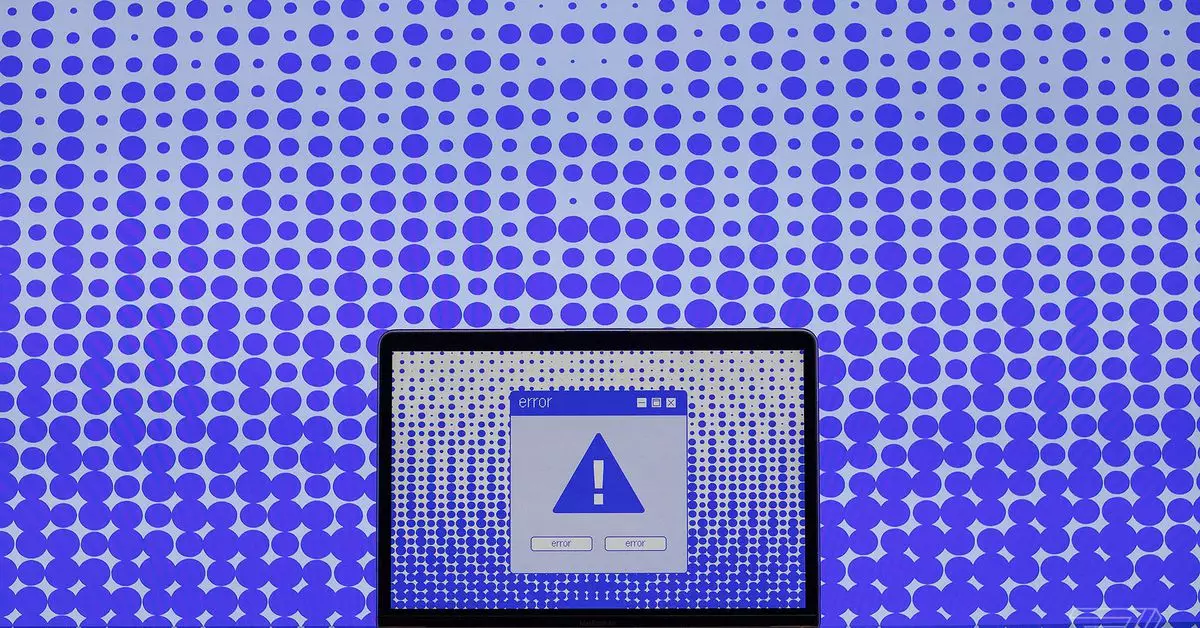In an era where digital preservation and access to vast repositories of information are vital, incidents like the cyberattack on the Internet Archive serve as stark reminders of the vulnerabilities faced by online services. This significant breach affected the organization responsible for maintaining an extensive digital library and the highly valued Wayback Machine, which allows users to access archived versions of web pages—an essential tool for researchers, journalists, and everyday internet users alike.
On the precipice of reinforcing its security, the Internet Archive confronted a DDoS attack earlier this week that brought its services to a grinding halt. According to founder Brewster Kahle, the incident involved the exposure of sensitive data, including email addresses and other personal information linked to over 31 million unique accounts. Such breaches not only jeopardize user privacy but also instill distrust in an institution dedicated to maintaining digital history.
As of now, attempts to access the Internet Archive’s website will redirect users to a notification stating that it is “temporarily offline.” This message highlights a proactive approach taken by the organization, ensuring that the data remains intact while serious measures are employed to address the breach. Kahle communicated that the server downtime is a necessary step to assess and strengthen the site’s security infrastructure. The reassurance that “the data is safe” aims to alleviate concerns but also underscores the importance of preventive measures in a digitally connected landscape.
While the attack has provoked a wave of anxiety among users, the organization is working diligently to resume normal operations. Kahle’s assurance that services would return in “days, not weeks” indicates a commitment to transparency about the recovery process and aims to retain user trust.
Community and Expert Reactions
The incident has drawn reactions from the wider tech community, highlighting the growing concern surrounding data breaches. Notably, Troy Hunt, the founder of the well-known website Have I Been Pwned, confirmed receiving a file linked with the exposed data, which sets off alarm bells for those concerned about their online security. The plight of the Internet Archive resonates with many, underscoring the necessity for heightened vigilance and robust cybersecurity measures within the realm of digital libraries.
As more institutions continue to digitize their collections, the question arises as to how they can implement more effective defenses against such attacks. Collaboration among tech experts to share best practices could foster a more secure digital environment for historical and cultural data.
As the Internet Archive plans to restore its services, this incident serves as a critical turning point in its operational philosophy. The blend of rapid recovery and a thorough reassessment of security protocols aims to shield against future cyber threats. Organizations must now recognize that digital preservation is not solely about curating content but also about ensuring the safety and privacy of users.
The challenge ahead lies in balancing accessibility with security. The Internet Archive’s roadmap for the future will likely hinge on not only resurrecting its services post-breach but also innovating security strategies to protect invaluable digital assets in an increasingly hostile cyber landscape.

